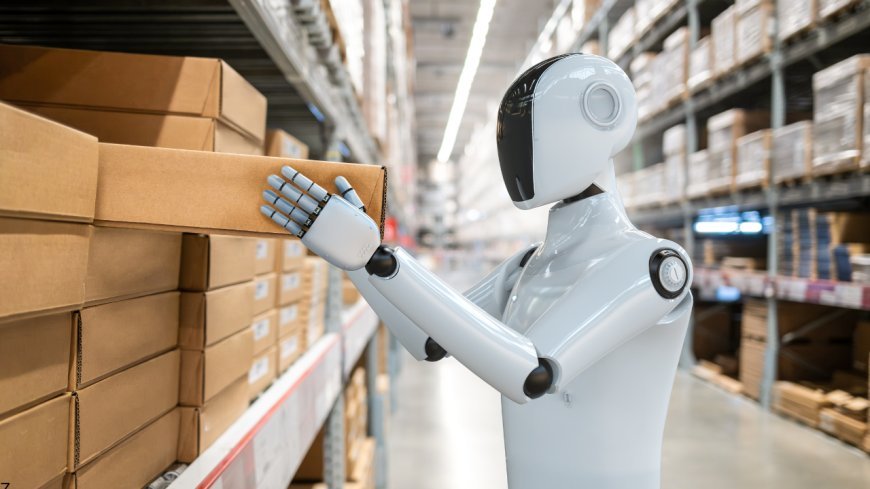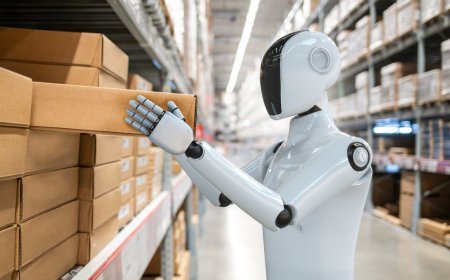Amazon is About to Replace a Half Million Jobs with Robots

Amazon is reportedly setting a target to dramatically curtail its reliance on human labor, with internal projections aiming to avoid the hiring of over 500,000 workers across its fulfillment network within the next decade. This strategic pivot is driven by the necessity to meet soaring customer demand—projected to double by 2033—without the corresponding massive increase in human operational costs. The company is actively pursuing the automation of 75% of its entire operational tasks, marking a profound shift in its business model from a primary job creator to a leader in automated logistics.
This is a full-scale, accelerated plan to re-engineer the company's core operations. For a business built on speed and scale, the ability to eliminate the bottleneck of human processing time and labor turnover represents the next major competitive frontier. This focus on automation is set to redefine not just Amazon’s cost structure, but the entire competitive landscape of global e-commerce.
The Evolution of the Warehouse: Beyond the Mobile Robot
The current automation efforts at Amazon represent a significant technological leap past the familiar sight of autonomous mobile robots (AMRs) that shuttle shelves around its facilities. The focus has shifted to replacing the highly complex task of "picking"—selecting and sorting individual items—which has historically been the final frontier of warehouse automation.
New, sophisticated machines, such as the Sparrow robot, are central to this push. These systems use advanced computer vision and machine learning to identify and gently grasp items of various shapes and sizes from mixed bins. This capability effectively eliminates the need for thousands of human associates performing the repetitive, strenuous, and error-prone task of item-level sorting and packing, paving the way for a truly lights-out fulfillment process.
New Skills Required: The Trade-Off for Technical Careers
Amazon leadership contends that this massive automation wave is not job destruction, but rather a re-skilling opportunity. They argue that while the demand for low-skilled, manual labor will diminish, the company's need for highly technical personnel will skyrocket to manage the new ecosystem. This translates directly into demand for roles like Robotics Maintenance Technicians, Automation Engineers, and Data Scientists to oversee the AI-driven logistics network.
These technical positions require specialized training in programming, diagnostics, and machine repair. The company is investing in significant upskilling programs to prepare its current employees for these technical careers, asserting that it is elevating the overall quality and safety of employment within the logistics sector by trading manual exertion for technical oversight.
The Future of Low-Skilled Employment
The sheer scale of Amazon’s half-million job avoidance goal forces a critical and urgent conversation about the future of low-skilled employment across the economy. As one of the world’s largest private employers, Amazon’s successful automation sets a powerful, and potentially terrifying, precedent.
If the dominant player in logistics can achieve a 75% automation rate, competitors will be compelled to follow suit to maintain profitability, accelerating job displacement throughout the entire sector. This macro-level shift challenges governments and policymakers to address workforce development and social safety nets, as the viability of entry-level, non-technical jobs faces an unprecedented structural threat from artificial intelligence and robotics.
What's Your Reaction?
 Like
0
Like
0
 Dislike
0
Dislike
0
 Love
0
Love
0
 Funny
0
Funny
0
 Angry
0
Angry
0
 Sad
0
Sad
0
 Wow
0
Wow
0































